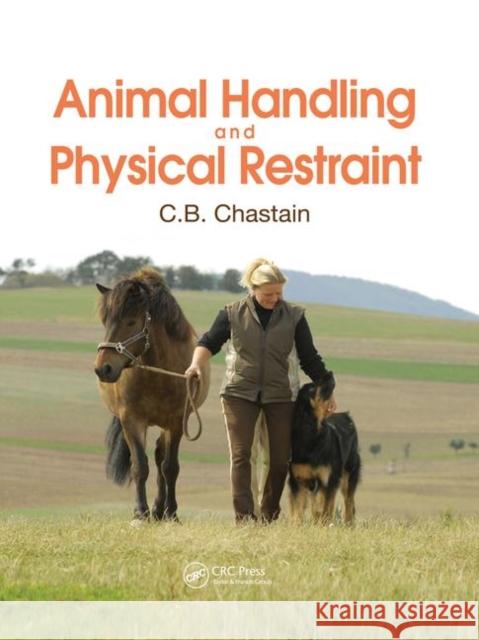Animal Handling and Physical Restraint » książka
Animal Handling and Physical Restraint
ISBN-13: 9780367028329 / Angielski / Miękka / 2019 / 382 str.
Animal Handling and Physical Restraint
ISBN-13: 9780367028329 / Angielski / Miękka / 2019 / 382 str.
(netto: 204,36 VAT: 5%)
Najniższa cena z 30 dni: 201,44 zł
ok. 22 dni roboczych
Bez gwarancji dostawy przed świętami
Darmowa dostawa!
"As a veterinary student, knowing how to handle and restrain a variety of different animals is a necessity. In veterinary school, we are exposed to various species and we need to be confident and competent in how to restrain in order to give the best care possible. Veterinary students will be prompted to handle not only unfamiliar animals, but animals of all temperaments and mind-sets." Animal Handling and Physical Restraint is the amazing animal handling resource that veterinary students never knew they needed." Kelly Sandelin, University of Missouri College of Veterinary Medicine, Class of 2019"Animal Handling and Physical Restraint is a comprehensive reference book for anyone working with or around animals, especially those in the veterinary community. It is an excellent resource that describes all aspects of animal handling, regardless of species. The restraint techniques are well described and illustrated. I highly recommend this book and believe it should be on the bookshelf of anyone that works with animals! I’m delighted Dr Chastain wrote this book as I’m certain it will help make countless human/animal interactions safer and less stressful." Debbie Tate, RVT, VTS (oncology), President, Academy of Internal Medicine Veterinary Technicians (AIMVT)Proper handling and restraint are essential to the welfare of captive animals, allowing them to be examined, groomed and treated in ways that contribute to their optimum quantity and quality of life. The aim of the book is to prepare future or current veterinarians and veterinary technologists, technicians/nurses, and assistants to be able to handle animals more safely and gain the confidence of animals and their owners. In turn, they will be able to instruct owners in proper animal handling methods, reducing the risk of physical injury or mutual infectious diseases. Throughout the book, the author emphasises that each animal is an individual and each handling environment provides its own advantages and disadvantages: handling an animal safely, humanely and efficiently requires practical knowledge of the species’ normal behaviour. This is explored in detail in each of the species-based chapters, which cover proper handling of domestic household and laboratory animals, as well as farm and ranch animals where safe handling aids the producer in both humane practice and greater profitability.After reading this book, the practitioner or student will be versed in the most basic part of the art of veterinary medicine: the safe handling of animals.











